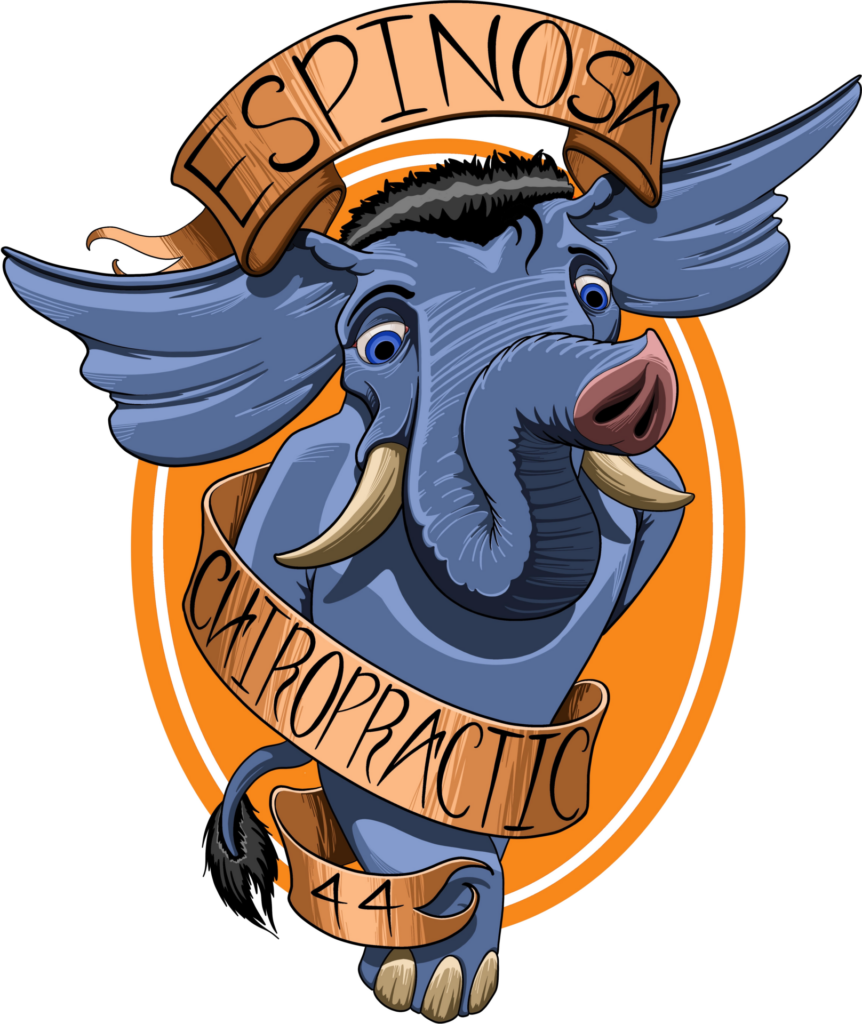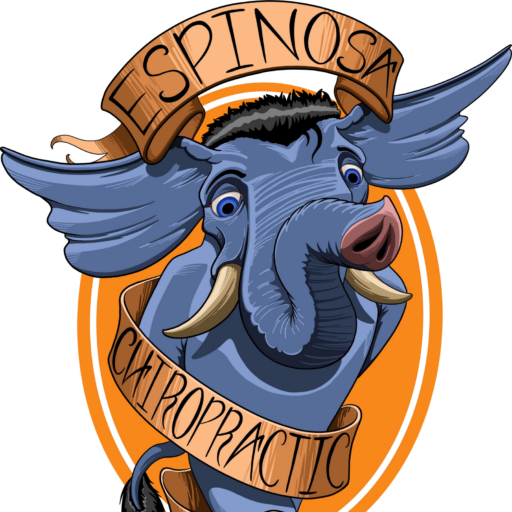Archive for January 2017
Snacking Responsibly
^cake pops, a snack sure to cause a sugar crash. But how likely are you to reach for it anyway?
Snacking has a bad rap in the health community
Because we tend to snack on JUNK! For a busy individual, snacking can actually be extremely useful. It just needs to be done right. Blood sugar ebbs and flows throughout the day: letting it get too low leaves us feeling light-headed, hungry and stressed out, which leads us to grab at the nearest snack, say a candy bar, which spikes blood sugar too high and then drops us off the other side feeling fatigued and depressed. The idea is to remain in the middle and snacking can be very useful in this endeavor.
Preparing your snacks: a successful formula
This is where responsibility comes in: your responsibility is to avoid processed sugars and saturated fat by packing yourself a healthy snack. We want to focus on snacks that have:
- Between 150-200 calories
- Carbohydrates, fats and proteins
- Avoids processed sugars and fats
Here are just a few ideas:
- Apples and peanut butter
- Granola and yogurt
- Egg and hummus
- Lunch meat and low-fat cheese
When should you snack? Well this depends on your eating schedule: remember that balanced meals are most important. Snacks should be fit in between, as needed. For example, if you eat breakfast at 8 and lunch at 12, have a snack at 10, then another at 3 before dinner at 6. A properly timed snack can do wonders for your state of mind, helping you stay productive and sane!
Dr. Raymond Espinosa, D.C.
How to Lose that Hangry Feeling in the Morning
Breakfast for energy
There is quite a bit of debate regarding breakfast and its supposed role in weight loss vs. weight gain, its links to cardiovascular disease and its relative value to other meals. Foregoing this debate, we want to focus on one reason why breakfast is important: energy. For the busy professional, breakfast is indispensable.
Is any breakfast preferable to no breakfast?
More specifically, are the empty calories and sugar content of a doughnut worth the trade-off of energy that you may get out of it? Signs point to yes, as long as you aren’t making this a regular habit. If you are in a time crunch and have no recourse, a doughnut from the office dozen can still benefit you in terms of getting the metabolism moving and waking up your brain.
Breakfast made easy
Let’s focus on the elements of a hearty breakfast that will:
- Start your metabolism, helping you to burn calories throughout the day.
- Provide you with energy for the first half of the day.
- Balance blood sugar; the feeling of being ‘hangry’ usually comes from shortages in glucose in the blood that need to be replenished with a morning meal.
- Lower levels of stress hormones
- Take under 10 minutes for preparation and consumption.
Well it turns out there are many options!
- Oats and yogurt: oatmeal is a whole grain that contains complex carbs- your main energy source- and fiber which digests slowly and helps you feel satiated for longer. Yogurt contains healthy fats and proteins for added energy
- (Insert favorite nut here) butter and apple: fruit sugar plus the protein from nut butters, and this one takes no time to prep at all.
- Avocado on toast + egg: the most laborious process, but the healthy fats from the avocado, the carbs of the toast and protein of the egg will keep you going until lunch.
Going without breakfast is selling your body short! We can get the nutrients we need to fire up our brains in the morning with next to zero effort required. It’s time to start saying yes to breakfast.
Dr. Raymond Espinosa, D.C.
An Easy Way to Relax from Head to Toe
Muscle tension is a byproduct of stress
While your brain is on fire, your body feels tight and this feeling perpetuates itself: the tightness and potential pain add further to the stress. This situation necessitates an equally comprehensive response, taking deep breaths while addressing the muscle tension.
When it comes to beating stress, progressive muscle relaxation is a tactic that is too easy to ignore.
- Close your eyes to block out extra-sensory stimulation
- Start inhaling and exhaling evenly, four seconds at a time.
- With each inhale, flex a single muscle group.
- With each exhale, relax that muscle group.
- Start with toes and work your way up to shoulders.
This translates to immediate values, including a lowering of blood pressure, more fluid blood circulation and the relief of muscle tension. Focus the entirety of your attention on the rhythm of breathing above all else and you should start to feel less overwhelmed. When you open your eyes again, you can return to the task at hand with a refreshed perspective.
While stress encourages us to work harder, it does not necessarily make us work better. Taking as few as 60 seconds to de-tense your muscles is a powerful way to improve productivity while keeping your sanity intact!
Dr. Raymond Espinosa, D.C.
Balanced Breathing: A Beginner’s Guide
The concept is simple: balanced breathing means you breathe in and breathe out for equal amounts of time.
But the upside is amazing: there is no quicker way to calm your nervous system, sharpen the mind and reduce stress than by breathing well. Unfortunately, many of us seem to forget how to breathe as we get older, leading to shallow breath patterns that leave us short on oxygen.
Begin by breathing deeply
Diaphragmatic breathing, also known as deep breathing, begins by contracting the diaphragm, inhaling through the nose and filling your lungs with air. In this way the abdomen, and not the chest, will expand outward as you saturate all the cells of your body with the oxygen they need to respire. To step it up just a notch further, and turn this basic activity into more of a relaxant, try “equal breathing.“
Practice breathing in through the nose for four seconds and out through the nose four seconds and linking the breaths together so that your breathing feels like one continuous cycle. The rhythm will help calm your mind during moments of stress. You can use this technique before bed, during a stressful commute, or during a free minute at work. At Espinosa Family Chiropractic, we believe in the power of breathing and we want to help you breathe your best. See how we can improve the function of your diaphragm and its accessory muscles by calling our office and scheduling an appointment today.
Dr. Raymond Espinosa, D.C.
Every Pound Counts: Body Weight Training for Beginners
Your body weight can be your greatest tool…
…in your quest to lose weight. For many people, a gym is actually a counterproductive place to attempt fitness goals. Unless you are cut out for the high-intensity culture of a gym, it may leave you spun out and actually less motivated regarding your fitness. Body weight training is a ready made solution for those of us who can’t be bothered to spend a dime on a gym membership or a set of dumbbells.
Perks of body weight training:
- It’s free
- Easy to learn
- Can be performed in your living room
Benefits of body weight training:
- Burns calories to help with weight management…
- …while building muscle simultaneously, which is important-
- particularly in the core muscle group, which are essential for good posture.
- Increases relative strength, which is your strength in relation to body size and…
- also increases reactive strength, or your ability to elongate and contract muscles.
- Finally, it boosts circulation and improves range of motion.
What do you know, these sound like the same benefits as standard weight training and cardiovascular exercise! Body weight training can be performed as stand alone exercises or as part of a circuit i.e. push ups, jumping jacks, squats, lunges, planks performed without a break in between.
At Espinosa Family Chiropractic, body weight training aligns with our principles regarding total health. We want to help you keep off extra pounds, strengthen your core and improve range of motion and body weight training is one of the easiest ways to start doing just that, today!
Dr. Raymond Espinosa, D.C.
Microexercise: Moving in Small Doses
And by small, we mean really small: 10 minutes or less at a time with microexercises
Imagine that all you needed to do each day was get your heart rate up for 30 minutes, but the pressures of your job, your commute and home life prevented you from doing even that. For many of us, this is a blatant reality. The solution is to think smaller- what is the largest continuous block of time you can squeeze in to your schedule for exercise? Because even 60 seconds is good enough!
Microexercises are made for the busiest of lifestyles
Because everything we need in life is seemingly within reach of our fingertips, we are moving less and less. With a new year upon us, there is no better time than now to take back the little moments to give ourselves emotional and physical boost. Studies show that the health benefits to be reaped by 30 minutes of continuous exercise (calorie burning, cholesterol levels and blood pressure) can also be gained by people who exercise in smaller doses, albeit more frequently.
Some ideas for microexercises:
-
Take to the stairs at work
-
Try out a 5 minute yoga routine
-
Plank for 30 seconds or as long as you can handle it
-
Keep a set of dumbbells and a jump rope stored under your desk.
-
Jumping jacks, sit-ups, push-ups
-
Simply take a walk
Besides getting your heart rate up and strengthening muscles, you are removing muscles from their constant state of contraction which is so prevalent in the office. This will help you feel less stiff at the end of the day. Choose what makes you happiest and dedicate yourself to doing it as often as you can for as long as you can. For help getting motivated, or healing injuries that are holding you back, give our office in Sacramento a call to schedule an appointment today!
Dr. Raymond Espinosa, D.C.


